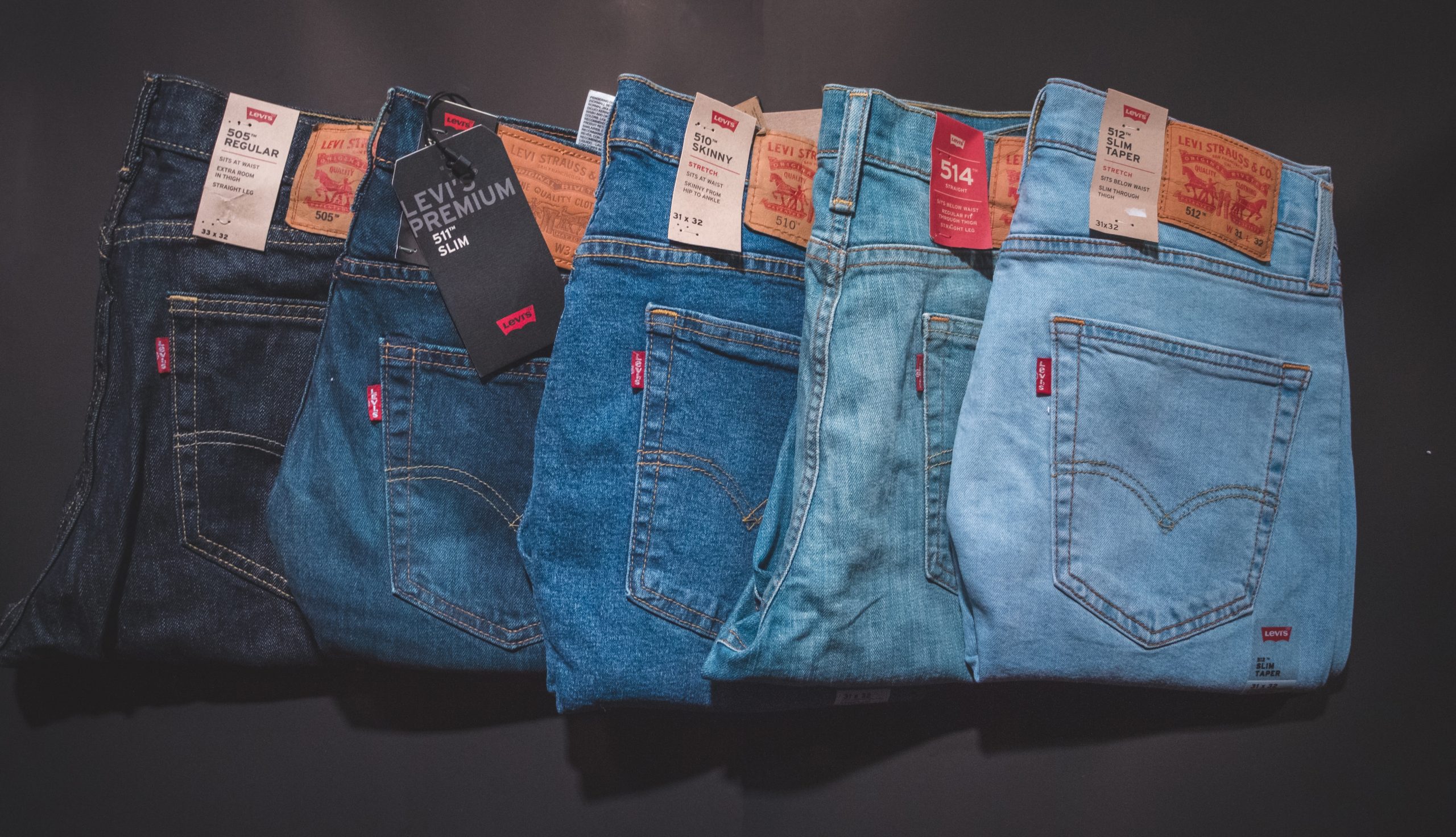Let’s start with a short background of jeans in the Soviet Union, At the dawn of the Nov. 10th, 1989, the world wakes up to the sudden news that the East Germans was lastly free to cross borders. Headlines Newspapers flooded with images of young people rejoicing on top of the Berlin Wall with pickaxes, breaking the concrete icon of the Cold War, with the majority of them wearing blue denim.
The start of the Eastern Block’s collapse heralded by thousands of denim-dressed revellers who, no doubt, confirmed the darkest concerns of its predecessors.

At that moment the Berlin wall was erected in the year 1961, denims were a scarce item in Europe. There was no official trade channel through which to purchase Western commodities in the German Democratic Republic (GDR), the so-called “rivet pants” were termed as dangerous symbols of the American excess. Those that wore them risked being sent home from school.
Again in 1962, with the invention of Internships, the state-managed stores that used to sell foreign commodities to tourists as mechanisms to raise the flow of more reliable currencies into the country, denim was something unaffordable for the majority of Eastern Germans. At about 55 Deutsche Marks a pair, this equated to $116 in 2019, they cost roughly half the average monthly gross income in the 1962s, as examined by Rebecca Menzel, the author of “Jeans in der DDR.”
How the Denim market transpired under the Soviet Union
Nonetheless, since Western culture entered the country’s boundaries, many natives were not concerned about the anomalous price and found a way to exchange for a pair, circumventing restrictions prohibiting GDR nationals from handling foreign cash. It used to take 24-28 minutes in East Germany, but now it takes 4-18 minutes. It used to take 24-28 minutes in East Germany, but now it just takes 4-18 minutes. “People used to trade with whatever they had,” Menzel stated, “especially books or antiques, but usually there was not a lot to give except hospitality.”
“The Berlin Wall was the separating line crossing Europe, and maybe no other Communist country had simpler access to Western televisions and radios,” said Douglas Gunn, managing director of The Legendary Showroom Ltd. “They understood what the West was dressing in, watching, dancing to, how its young people wore and lived their lives.
The year was 1972, the fetishization culminated in the play “The New Sorrows of Young W.” produced by Ulrich Plenzdorf, in which the jeans-clad stated that jeans are “an attitude” and “the best trousers in the world.”
Denim brought in by visiting foreigners most times reached “Westlake’s,” or care packages sent to East Germans from family outside the country’s borders and taxed by the GDR. The government also exploited the collective yen for denim by making its own “blue cottino” denim. In state-managed factories beginning in the mid-1970s yet much, there were cotton shortages that meant these were made partly from synthetic materials, and may never measure up to the coveted fashions made by Wrangler or Levi’s.
According to Tracey Panek, Levi Strauss & Co.’s inside-house history man, the trousers were most times colloquially called “Eastern jeans” and these were a source of great frustration for those who put them on. “East Berliner Joachim Georg Michel referred to them a ‘parody on jeans’ in some letter he wrote to Levi Strauss & Co. in the year 1991,” she added. “He explained them as ill-fitting plus too short with a gap on the backside and a high waist that cut into his stomach.”
Compared to old-timey Trabant cars and Rotkäppchen sparkling wine, the denim of the era didn’t tend to inspire emotions of “ostalgie” (or nostalgia for the ephemera of the former GDR).
No one escaped long after the reunification of Germany, as factories were ill-equipped to compete with Western brands, and exports to the Soviet Union shrivelled.
Denim relents
definitely, popular pressure wore out, and in November 1978, Textilvertretung, the government buying arm of the East German fashion industry, asked Levi Strauss & Co.Panek said for delivery of 800,000 pairs of denim to be sold in the country’s borders. After that month, 600,000 jeans were airlifted all the way from the U.S. to the Schoenefeld and Dresden airports, by European inventory providing the remains. Regardless of a hefty markup, the demand was such that clients lined up in droves to purchase them.
After this international student festival in 1957 in the USSR. They began to write about jeans as an attribute of American freedom. They started a ban on jeans. At the same time, the ban was not there was a lot of confusion. The ban was an illegal sale. Popular were jeans Levis and Wrangler. Popular Soviet musician, poet and actor Vladimir Vysotsky. As seen in denim and denim shirt Wrangler. Celebrated Soviet actors and musicians usually appeared in them. For instance, the Soviet Jewish musician and actor Vladimir Vysotsky. Vysotsky cherished jeans. It was later discovered that wearing jeans was for celebrities. This is equated to the status quo.
A lot of people then engaged in illegal business and encouraged it. This was called fartsa. There are a lot of fakes and lots of illegal tailors. They sewed jeans and then specially treated them. Very many Soviet people loved such jeans. Movie and television have invented fashion. In movies and on the screen there were always people in jeans. The high-end jeans at that time were Super Perris and Jordache. Most recognized are Levis and Wrangler and Rifle and Montana
Meaning television and movies popularize denim fashion. Newspapers wrote that it is jeans fashionable. Singers and musicians and artists and actors almost all wore jeans. It was a common denim hysteria. Everybody put on jeans and chewed chewing gum and didn’t put attention at all that there was already no jobs, no money, no food, and no free housing.
According to a USSR, person jeans were not just clothes. They carried the message of freedom. So they were the symbol of freedom and success. Not everyone could manage to purchase fashionista jeans. Citizens were saving up just for them.
The symbol of freedom:
Native Black marketers resold them and were imprisoned as a result. Since then, jeans have come to symbolize freedom. The very first denim apparel appeared in the Soviet Union in the 1950s. The beginning date of a “jeans fever” was 1957 when the International Festival of the Youth and Students was held in Moscow. That was when the Soviet people knew about denim. Everything the USSR didn’t have, in particular, long-cherished freedom.
One wear whatever they wanted, but if one had a pair of denim in your wardrobe, it meant that you had not wasted your life. The Soviet leadership faced the challenge of dealing with jeans. They banned the wearing of denim. Nevertheless, those actions kept people’s interest in the “forbidden fruit” alive.
Scuff marks: The major sign that helped the Soviet people to differentiate “real designer jeans” from faking them was that scuff marks were evidenced on the real denim by being worn. That’s why if a person was selecting out a pair of jeans he looked out on them with help of a wet matchstick. He just passed the matchstick through the material. If it changed to blue, it evidenced that jeans were legit. If not, they were fake.
Profiteers: Soviet systems made profiteers surely the major enemies of the Soviet scrupulous people. The profiteers could not only face stigmatization but also went to jail for their shrewd businesses. In the year 1961, two profiteers were given death sentences. Despite prohibitions, speculators just pushed to resell jeans. (barter wasn’t prohibited in the USSR).
Boiled jeans: There were not real or legit jeans in the USSR. And even though a factory in Moscow started manufacturing Soviet jeans by the verdict of the Council of Ministers of the USSR, that denim had no business with the overseas denim market. Scuff marks didn’t appear on them. The Soviet people didn’t want to wear such jeans. Luckily, the mechanism of “boiling of jeans” is a remedy.





